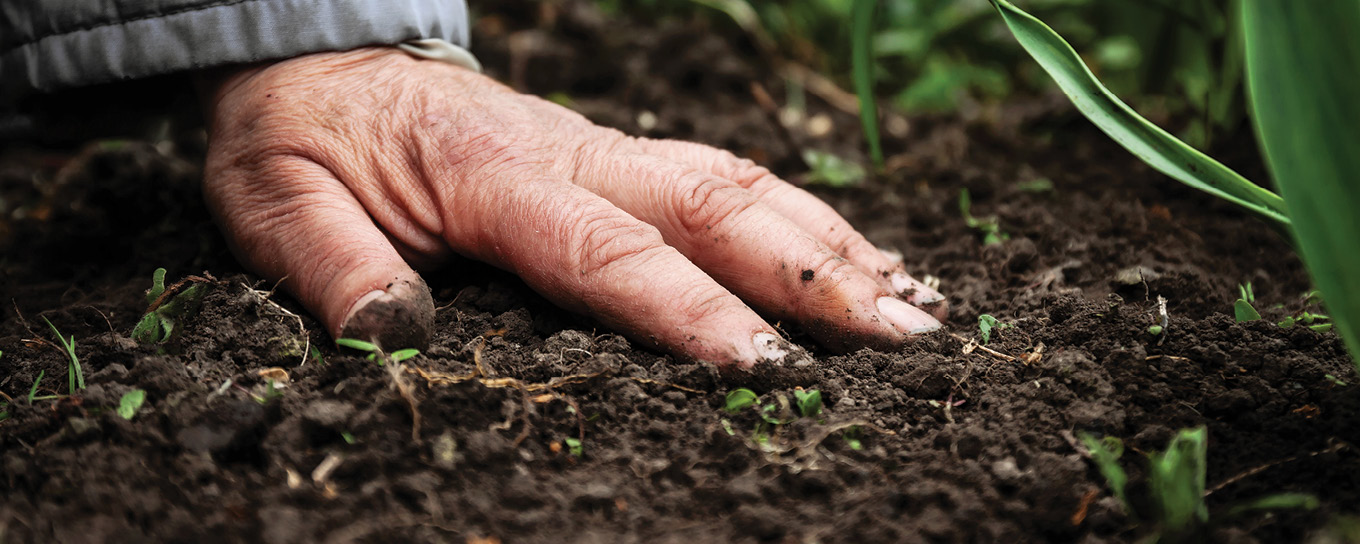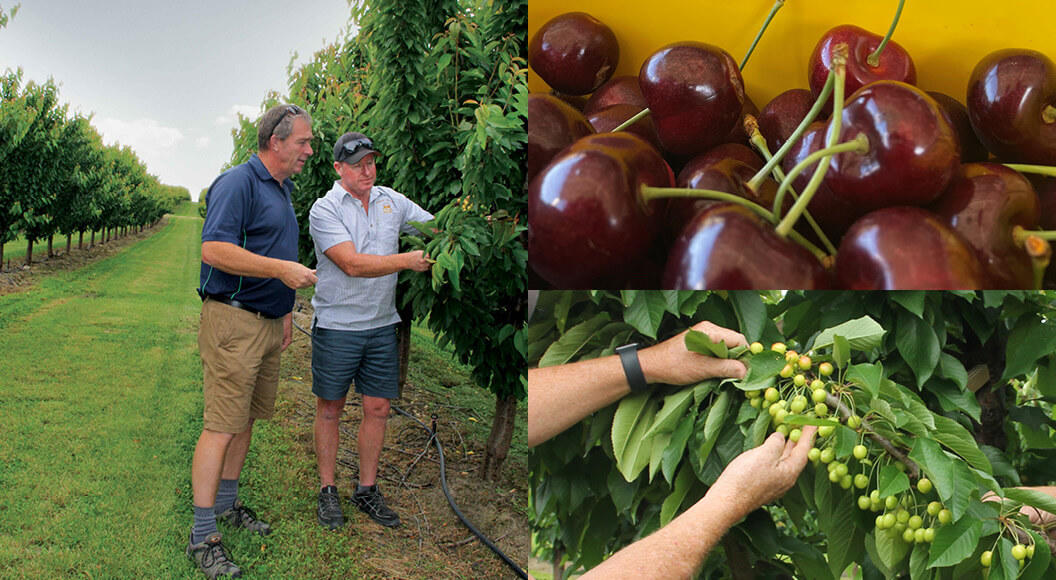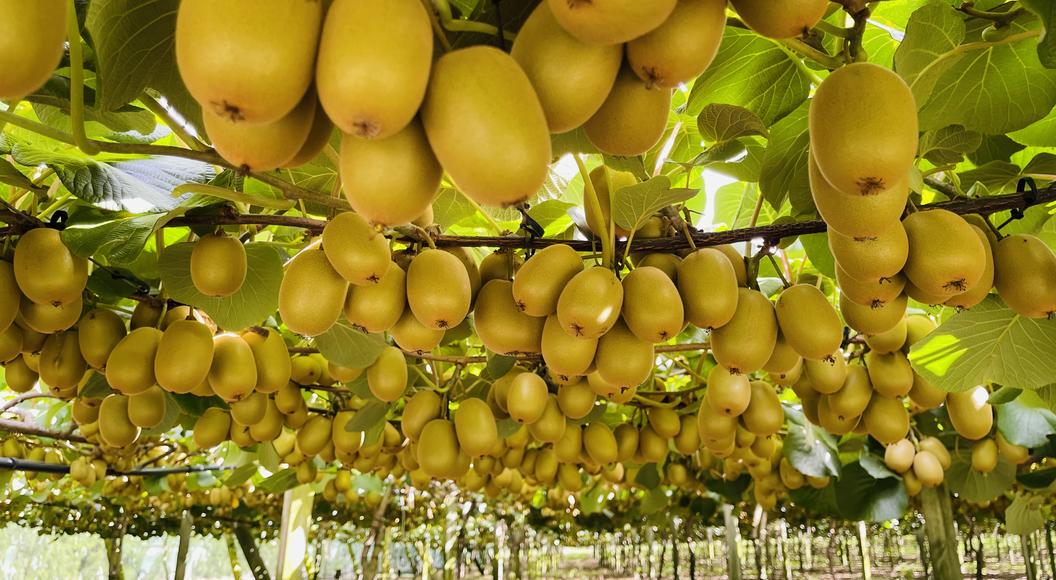
Soil as a reservoir
When soil moisture is discussed, certain terms are used to describe its status, but what exactly do they mean?
Water moves through soil and is held in pores and on soil surfaces. The relative size and proportion of the pores in the soil determine the vital soil physical characteristics, such as drainage and aeration. It is by understanding these differences in pore size that we can explain water movement and storage in soils.
During heavy rain, many soils become saturated and the pores are filled with water. After the rain, water drains from the largest pores, called macropores, unless there is an impediment to drainage. This might take a couple of days and is an important process as once these big pores have emptied, air can get into the soil. At this stage, the soil might be thought of as a ‘reservoir’ for the plants, although not all the water left in the soil is available to plants.
The actual size of the ‘reservoir’ and how much of it is available to plants varies markedly between soil types. Coarse-textured soils, known as ‘light’ sandy soils, have mainly large pores which drain quickly. Fine-textured soils, known as ‘heavy’ clay soils, have mainly small pores called micropores, which drain slowly, if at all. Neither of these pore sizes is ideal in terms of water storage for plants. The macropores drain quickly and don’t hold water for a long enough period for plant roots to access it. Conversely, micropores hold onto water with so much suction that this water is extremely hard to access.
In between these two pore sizes are the ‘goldilocks’ zone of intermediate sized pores. These pores ‘hold onto’ the water and don’t drain, but the water in these pores is also easily extracted by plant roots. These pores tend to be most numerous in intermediate-textured soils. However, all soils have a combination of macro, micro and intermediate pores, and the proportion of sand, silt and clay in a soil play the major role in determining the drainage and water holding capacity of the soil.
As we go from spring into summer, we can often describe changes in soil moisture in the following sequence. If all pores are filled with water, the soil is said to be ’saturated’, for instance water may appear at the surface. If this saturated soil can drain, then the macropores start to empty. When most of this drainage is completed, the soil is said to be at ‘Field Capacity’ (FC). At FC, the water and air contents of the soil are ideal for crop growth. Gradually the water stored in the soil is taken up by the plant roots for transpiration, or evaporated from the bare soil surface.
If no additional water is supplied to the soil, it gradually dries out. The dryer the soil becomes, the more tightly the water is retained and the more difficult it is for the plant roots to extract it. The uptake of water is insufficient to meet plant needs. The plant attempts to cope with this stress by wilting. If the soil continues to dry, the leaves may change colour from green to yellow and in extreme cases die. When the plant has taken all the water that it can get, the soil is said to be at ‘Permanent Wilting Point’ (PWP). The difference between FC and PWP is the ‘Profile Available Water’ (PAW). The PAW of a given soil is, therefore, the size of the ‘reservoir’ that is available to the plants. This usually tends to be larger in intermediate-textured soils and smaller in coarse sandy soils.
For more information on managing various levels of soil moisture, contact your local PGG Wrightson Technical Field Representative.


